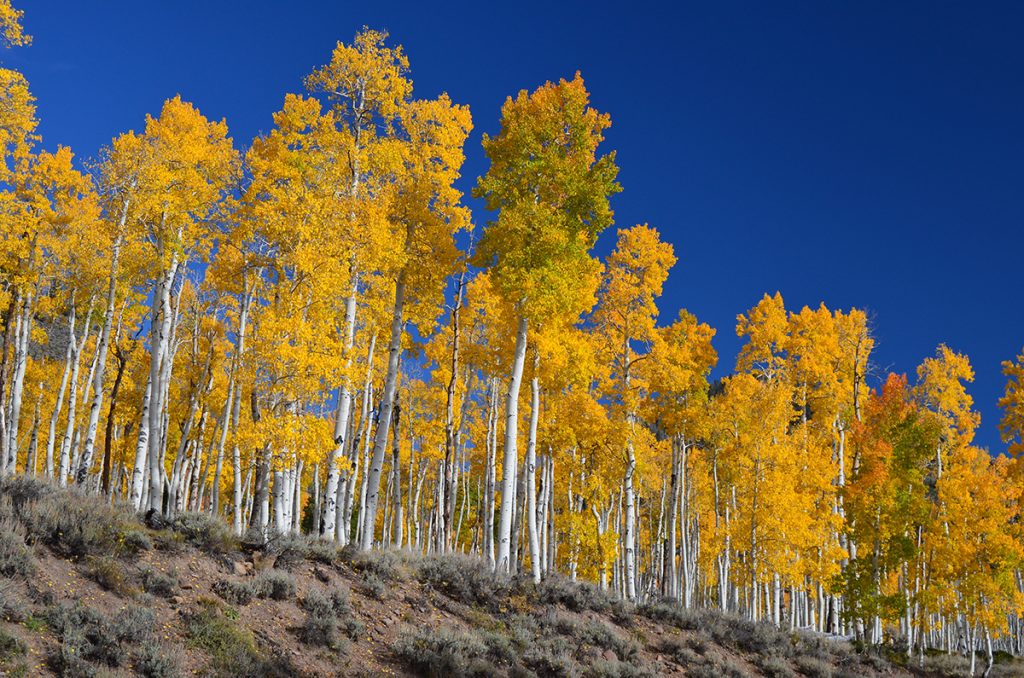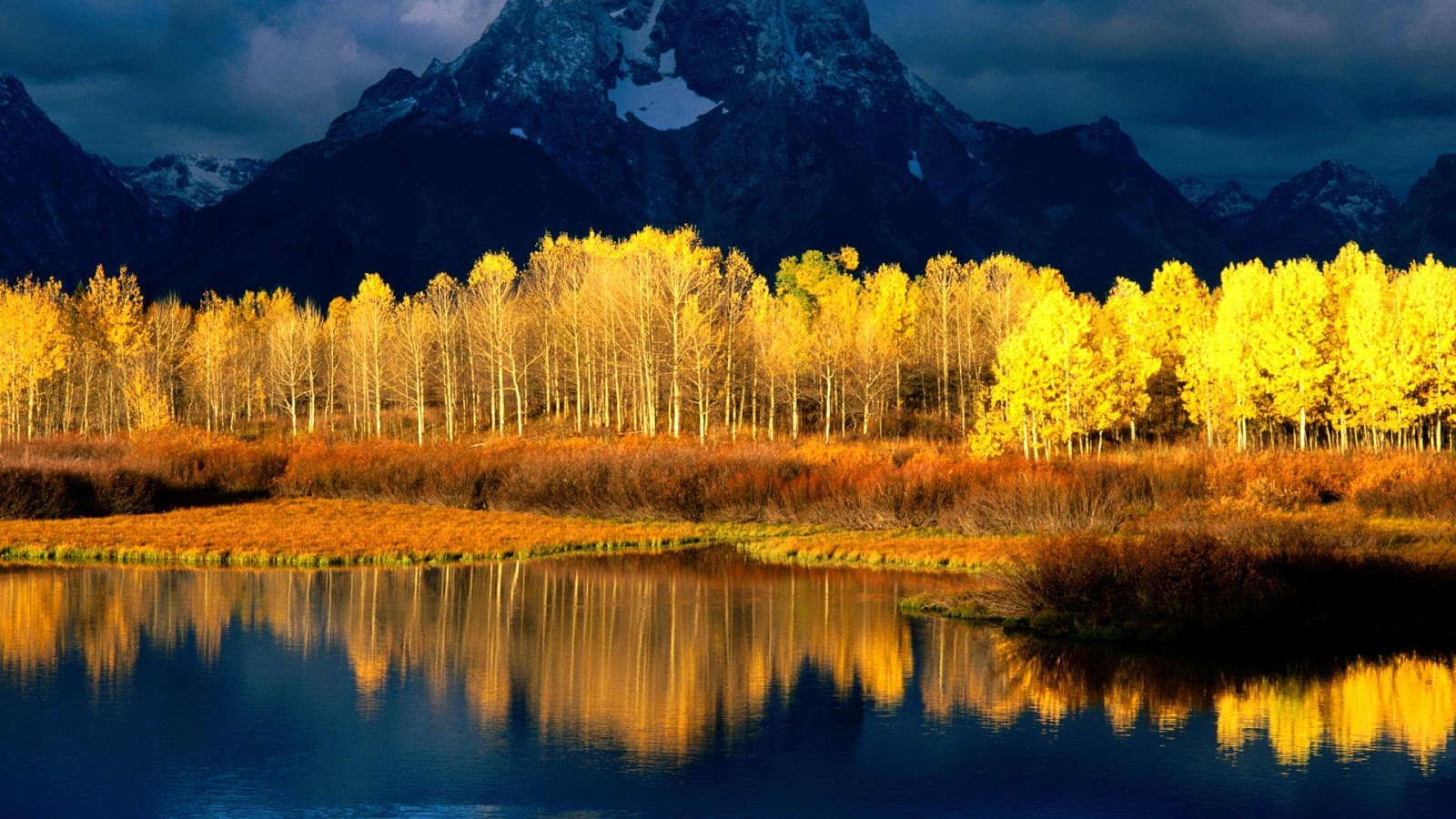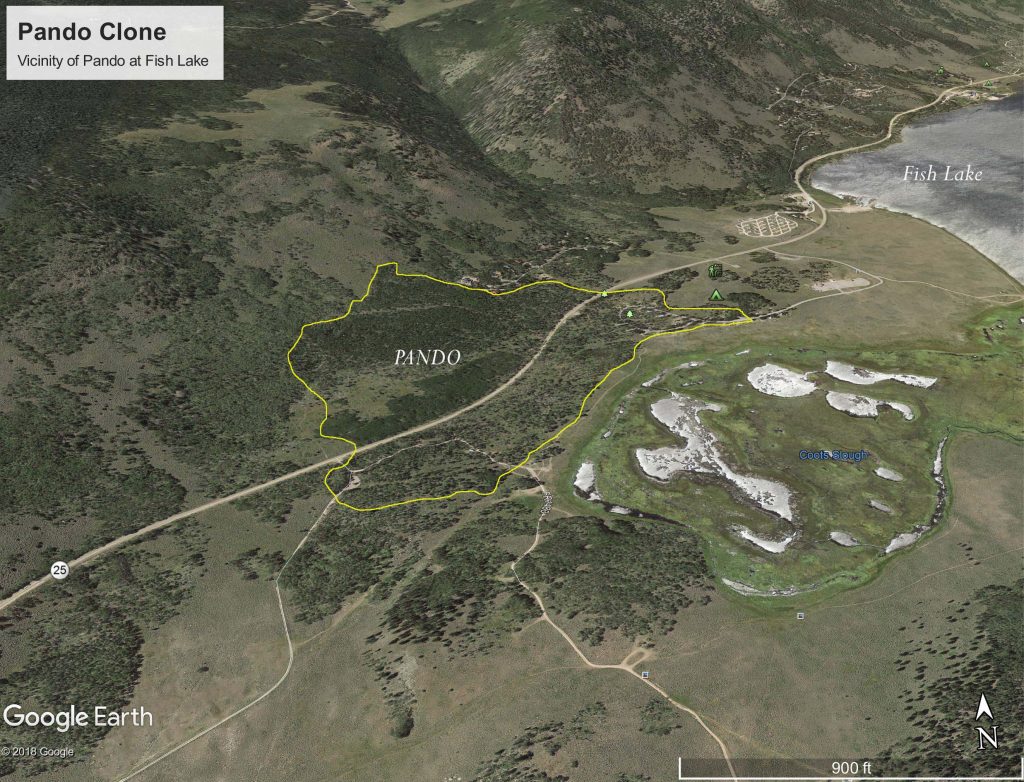In last week’s blog post, I wrote about the world’s largest living plants. Thanks for all the positive feedback.
Several readers pointed out an important entry for out list we’d missed, and I’m glad they did. We get some of our best blog posts from your suggestions! It is worth a blog post all to itself: the Utah aspen grove now believed to be the world’s largest living organism. It’s so big and utterly unique, it’s been given a name: Pando.
Pando is Latin for “I Spread.” Botanist Burton Barnes from the University of Michigan – Ann Arbor gave this aspen grove its name. Barnes did the research which determined the size of the grove. He decided to name the grove to give it an identity that would capture public attention and support. Without question, Pando needs our support, because after many years on this planet, Pando is dying.
Scientists disagree on the exact age, but it is at least hundreds of years, and could be tens of thousands, back to the last Ice Age.
What makes these trees remarkable enough to have their own name is that Pando is the largest aspen “clone” ever discovered. Aspen trees propagate by rhizomatic roots. They grow in large colonies of clones. A single seedling can start a colony by sending out root suckers. They send up new trees, and while still connected to the parent treet, propagate with their own suckers – and so on. Suckers can spread 100 feet away. Since each individual tree can live for 150 years, and the root system can remain connected and live on as new cloned trees spread, it’s easy to understand how one grove can become so large and so old.
The Pando colony of trees covers 106 acres. These trees thrive in the high altitudes of the Rocky Mountains and western U.S. They can survive forest fires because the roots survive the fire and send out new clone shoots when the fire burns out. But they might not survive human beings.
Global warming is weakening the trees, but even more significant damage is being done to them by hungry mule deer, which eat the trees at a faster rate than they can regenerate. They love the tender new trees. When there were more natural predators like wolves, bears, and mountain lions, they kept the deer population down. When human beings began to move into the region in the first half of the 20th Century, they didn’t want the predators killing their cattle and sheep, so they killed them and drove them away. The deer were left to munch their way through the trees. Ranchers are also permitted to drive cattle through the area, and they will eat the aspens, too.
So now what? Take a look at Pando and the attempt to solve the problem.
Scientists say it’s possible to help Pando recover with a little help. Researchers say all it would take is fencing off Pando to allow it to regenerate without being destroyed by deer and people. The rate of regeneration quadruples inside a fence. But the U.S. Forest Service says deer quickly get through simple fences when they aren’t monitored.
A stronger, taller fence would work but it’s extremely expensive. It would cost $60,000 to put up a fence around all of Pando. Right now, 15 acres out of 106 are protected.

Although it would help save Pando, a fence around it would cut off access. Photo: USDA/US Forest Service
Pando draws a lot of eco-tourists, photographers, and hikers. An eight foot tall fence would make it impossible to see the trees and shut down the eco-tourism industry helping fund care of the area.
Hunting regulations which let predators move back into the area might help, but the ranchers don’t like this idea, and it would take much longer to repopulate with mountain lions and wolves to affect the deer population.
It just might take a Go Fund Me account to raise the money and put up a fence. It’s down to the wire for these ancient trees. People spend more than $60,000 on a car. It would be horrific if we couldn’t figure out a way to preserve the Pando aspens. Human beings helped cause the problem. Human beings need to solve the problem.
Pando is the ultimate ecological canary in a coal mine. Inaction is unacceptable. An imperfect approach is better than none at all, letting Pando eventually dwindle down to a handful of older shoots, eventually dying off forever.



